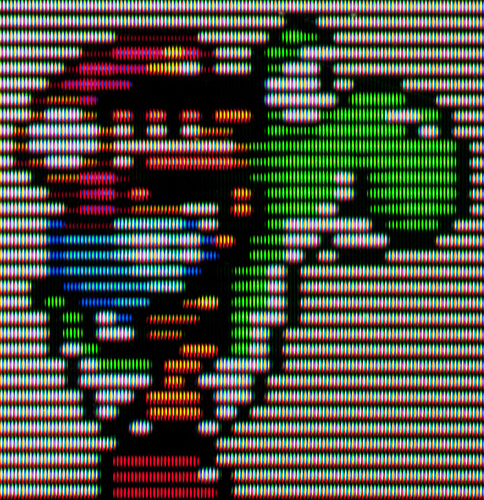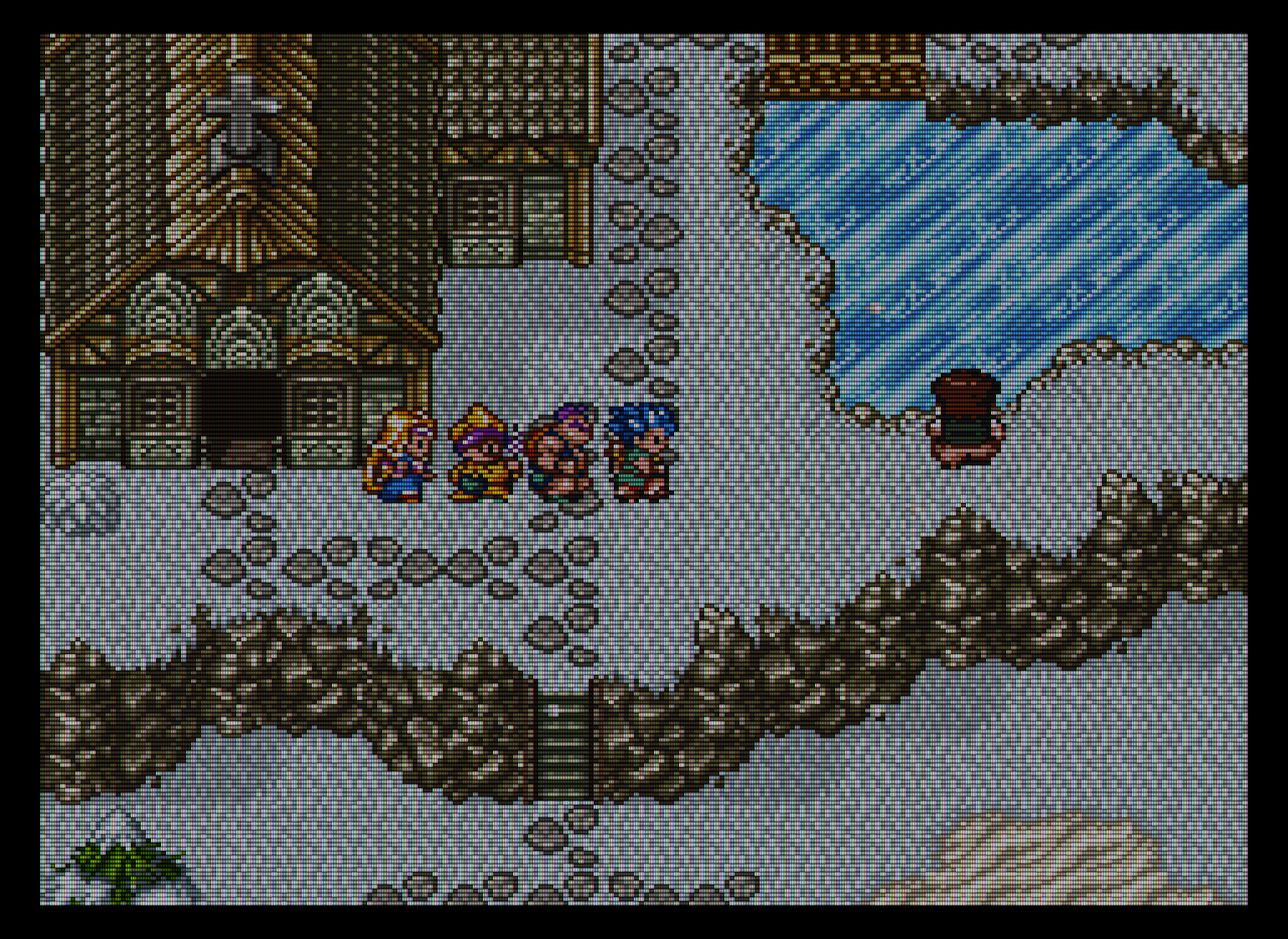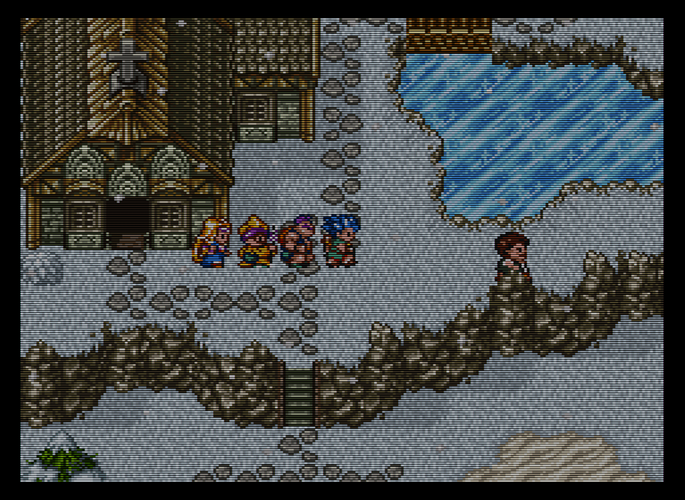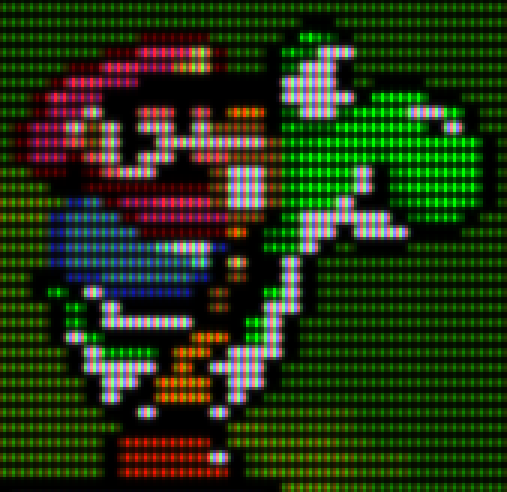Assume we are using the aperture grille RGB pattern, each phosphor is one pixel wide.
I’m trying to come up with something that will replicate phosphor behavior on a CRT by comparing the two closest same-color phosphors to a phosphor X and if one of them is brighter, change the luminosity value of X to the average of X and the value of the closest and brightest same-color phosphor. Basically, I’m trying to smooth out the transitions between bright phosphors and adjacent dark phosphors.
For every pixel:
(For pixel X located at x/y, find the luminance values for:
A: x+3,y+0
B: x-3,y+0.
Luminance value of X = p
(If luminance of A is greater than X and B, find the average of the luminance values of A and X to equal q. Change p to q.)
(If luminance of B is greater than X and A, find the average of the luminance values of B and X to equal q1. Change p to q1.))
Will this logic work?
Something like this probably already exists, right?
Also, I’m not totally sure if just changing the luminance values is what I want to do. Just toying with some ideas.





 If/when you get the time, it’d be nice to see a demo showing the results of changing “value” from the HSV colorspace instead of changing luma.
If/when you get the time, it’d be nice to see a demo showing the results of changing “value” from the HSV colorspace instead of changing luma.
 Just kinda gives everything a weird halo. Thanks for the demo!
Just kinda gives everything a weird halo. Thanks for the demo!


